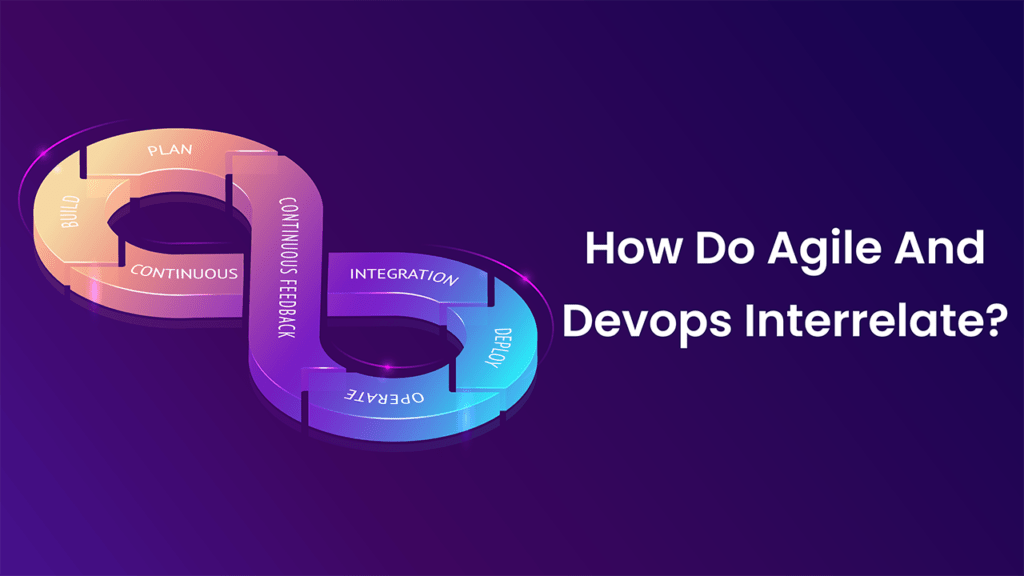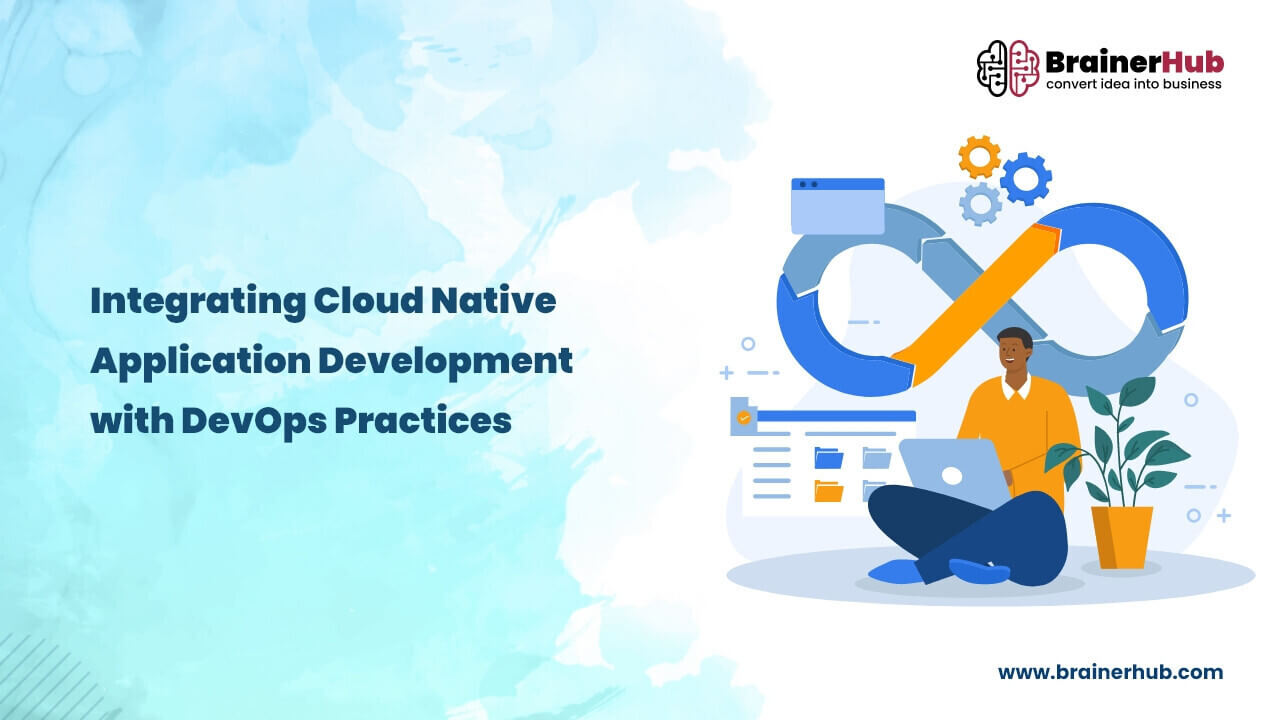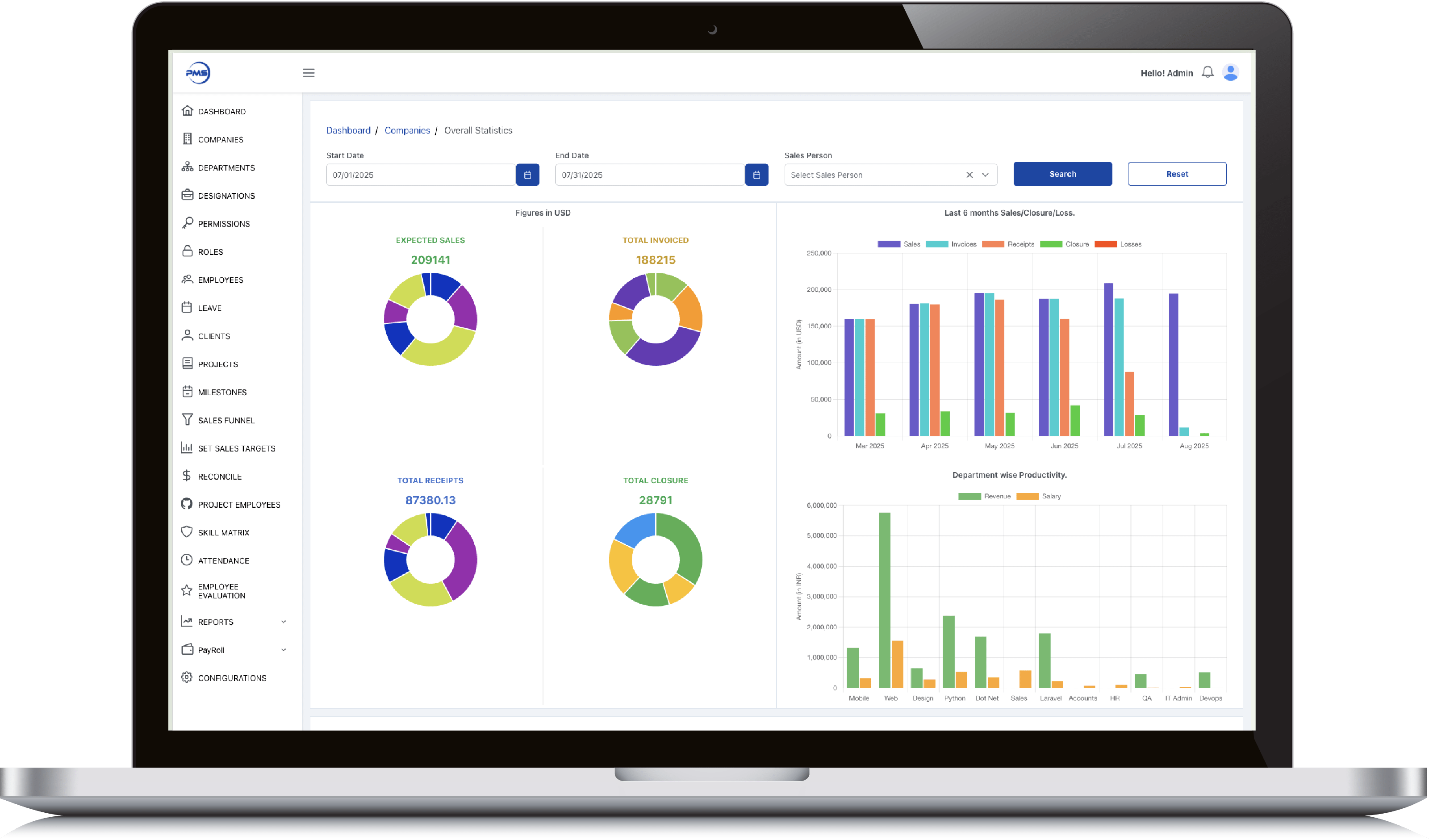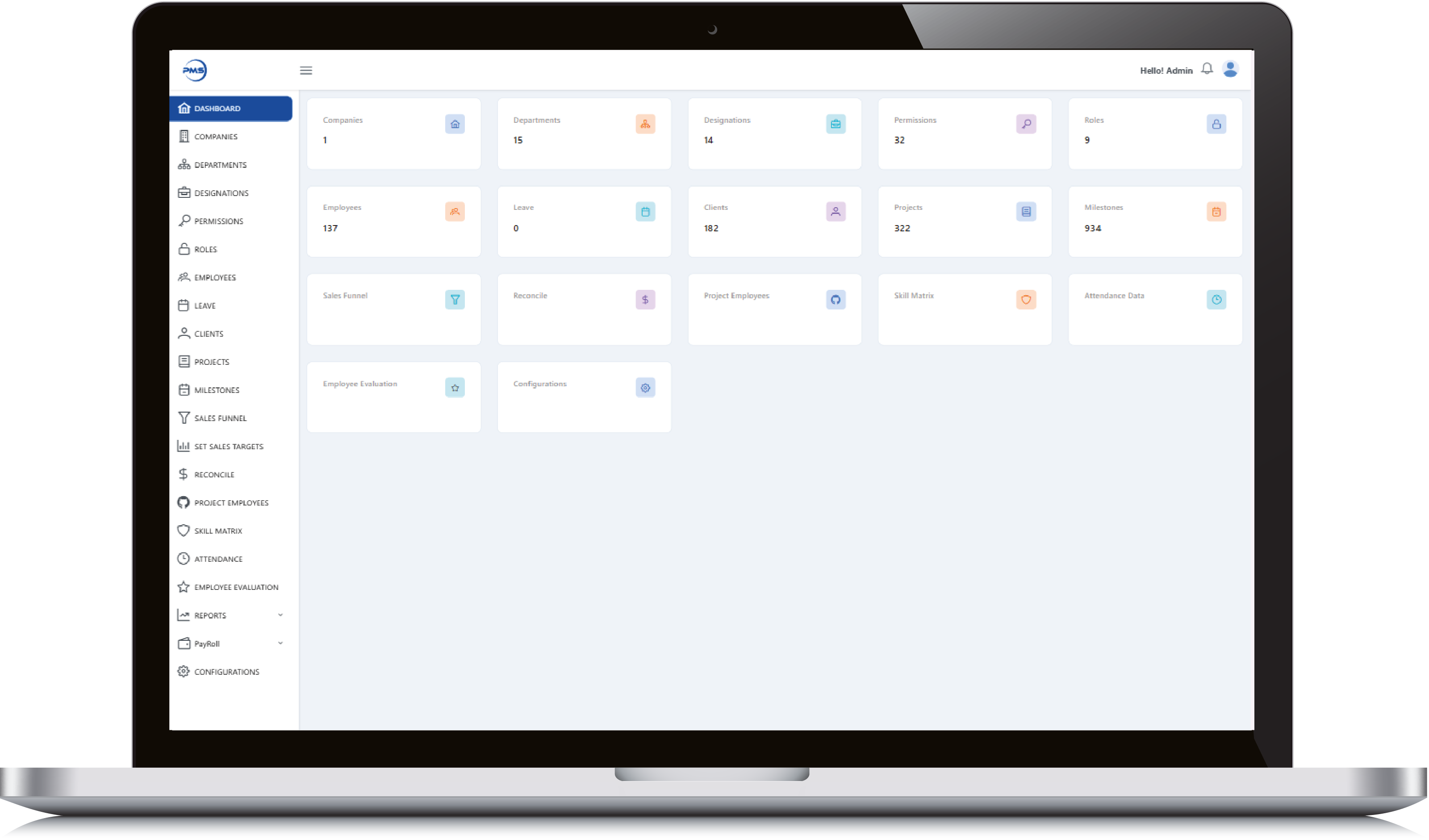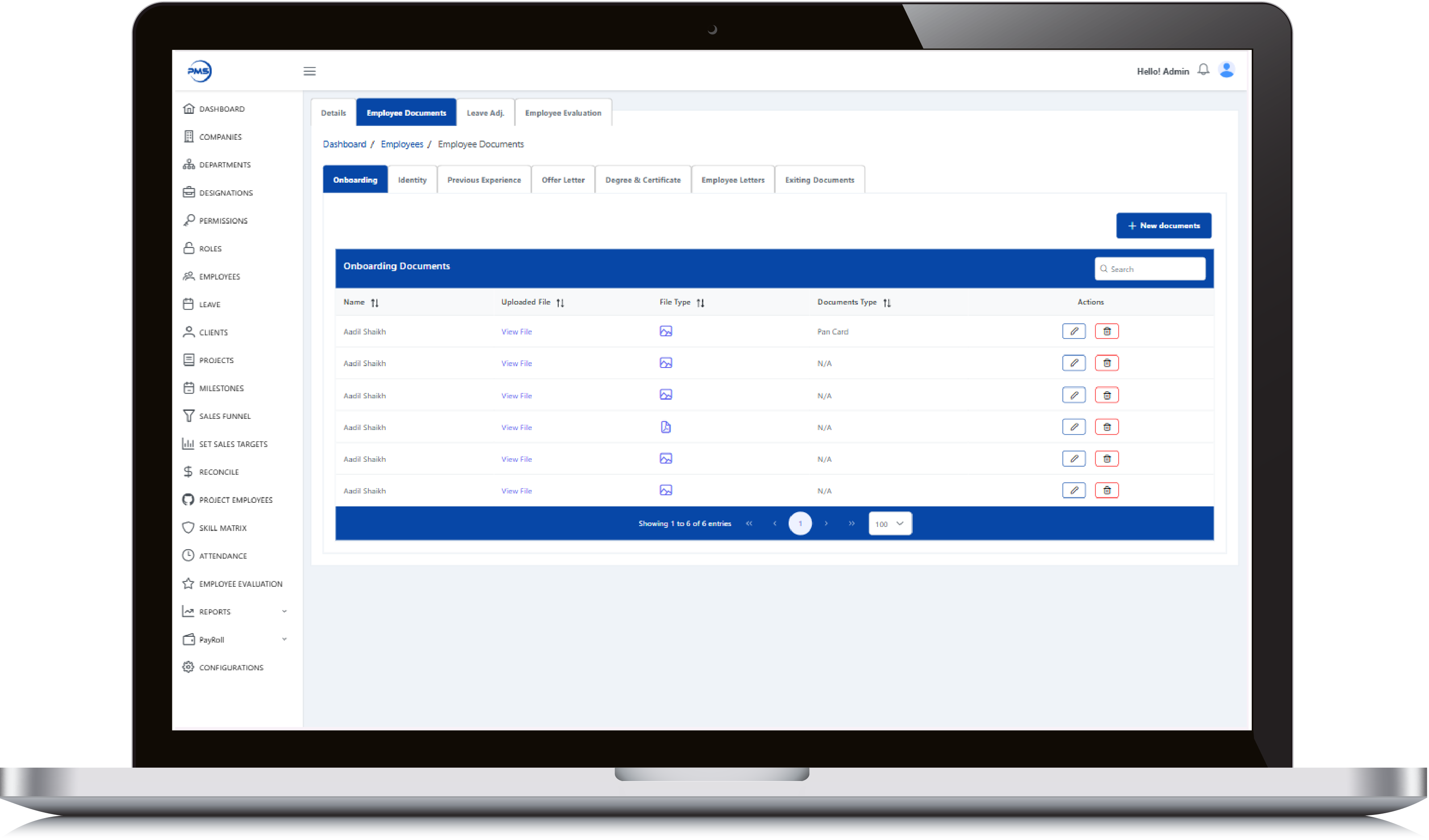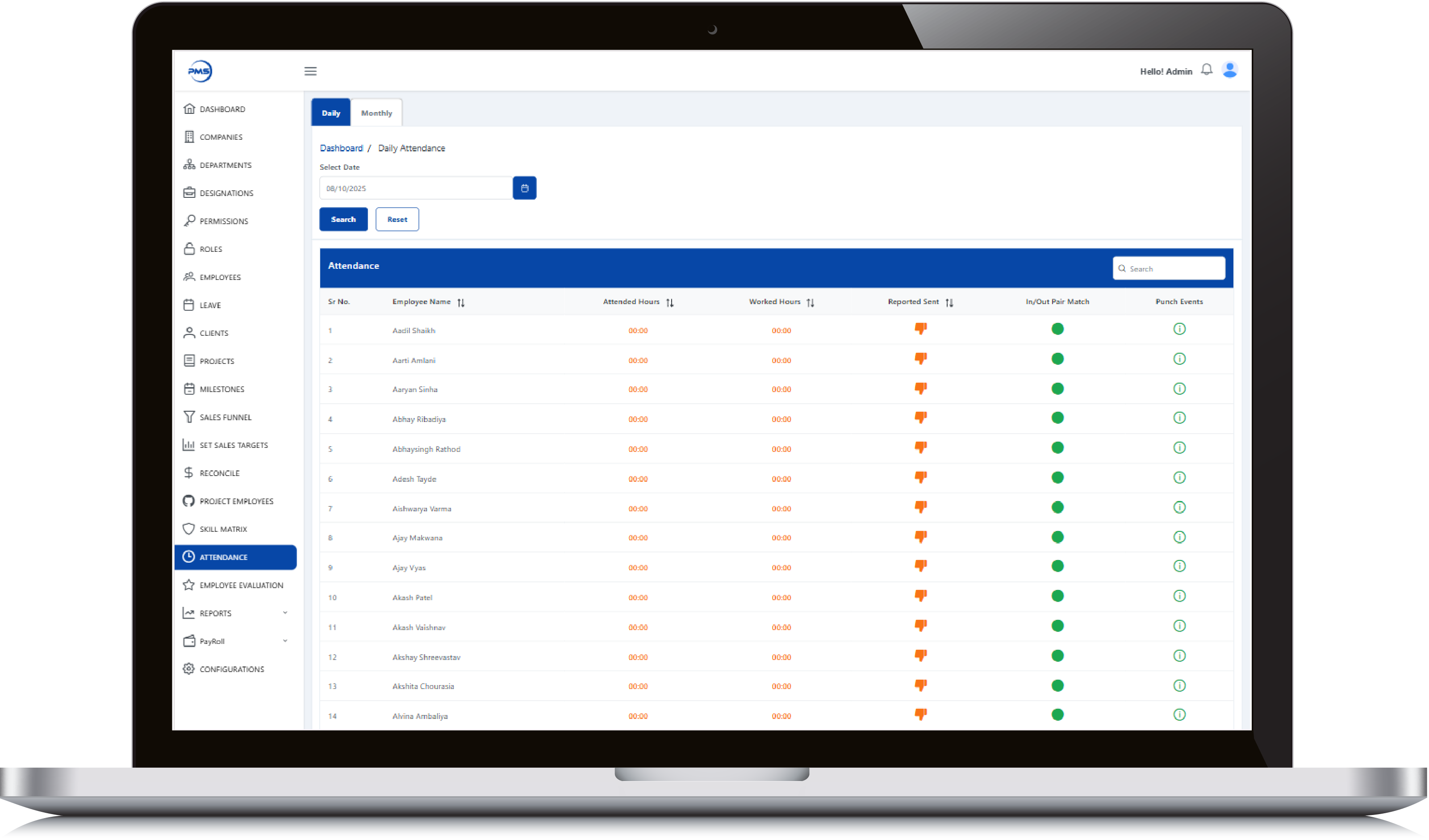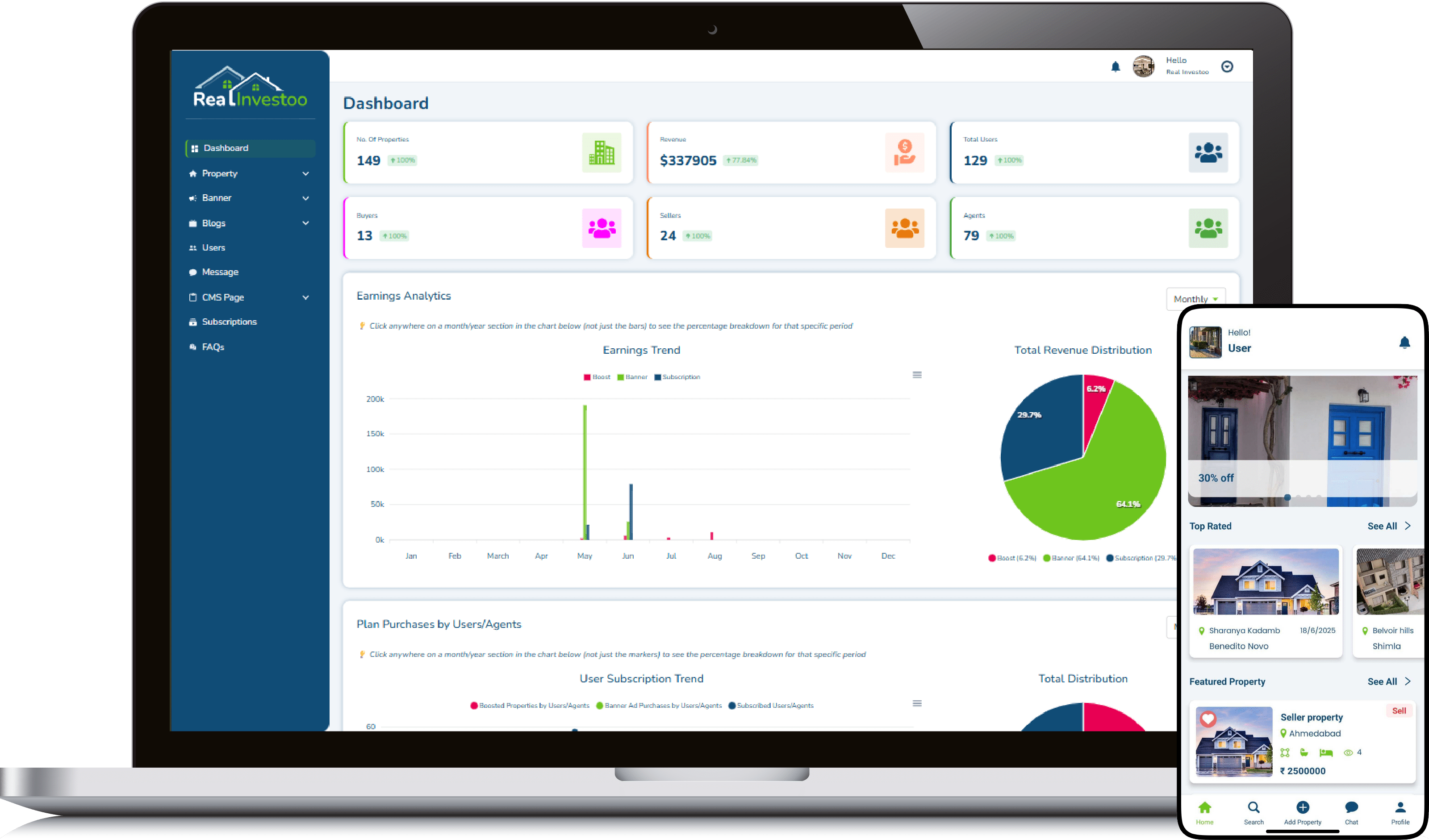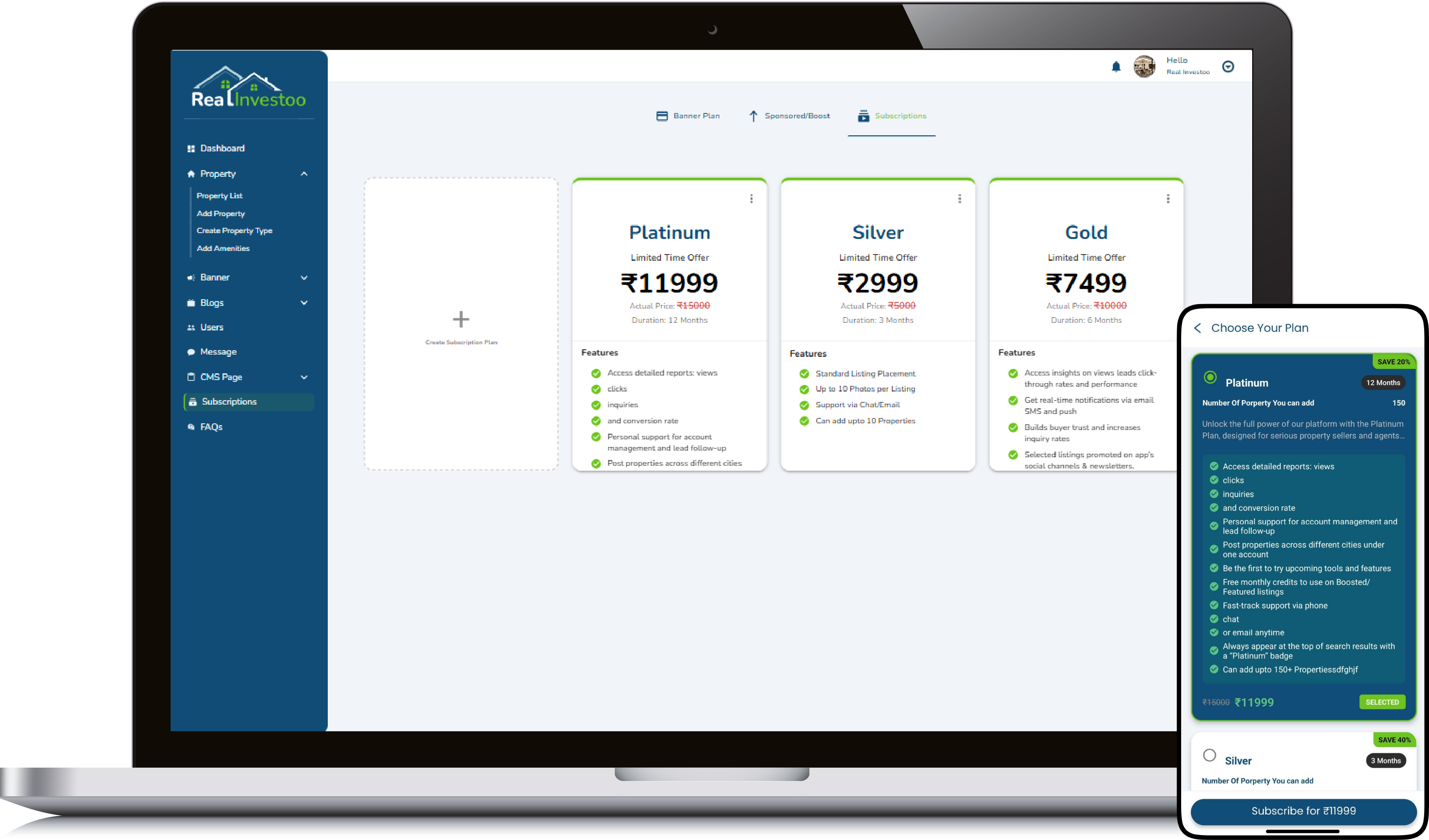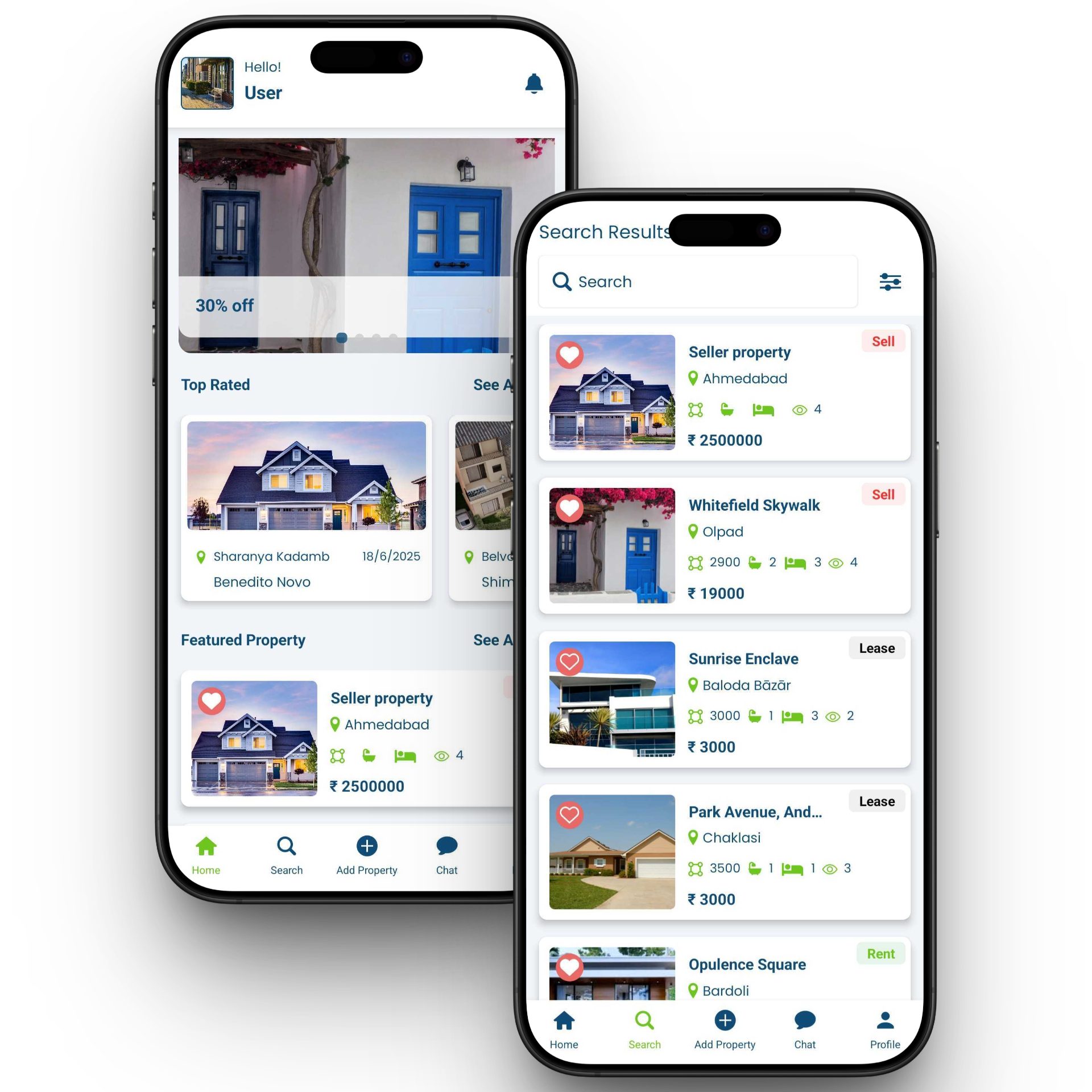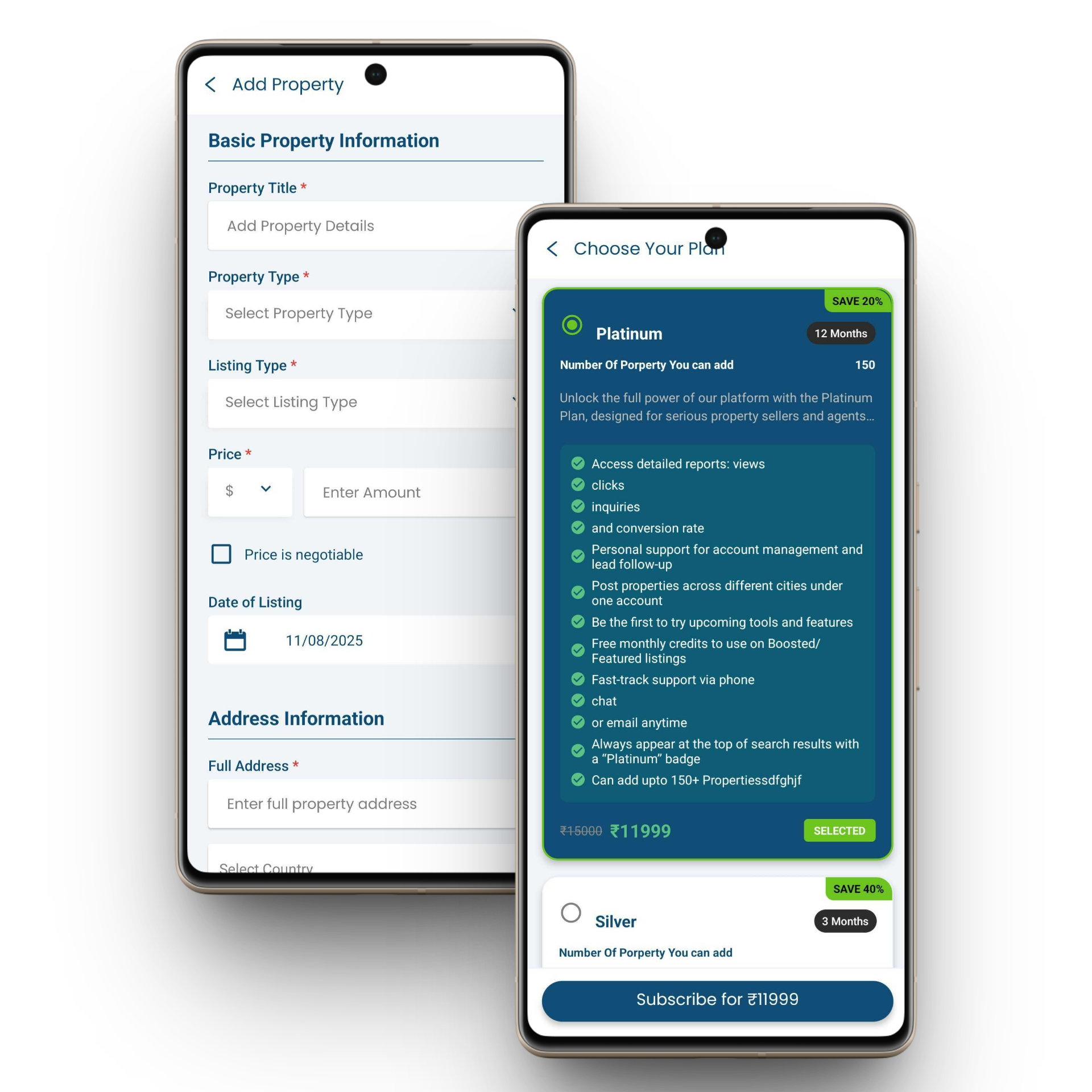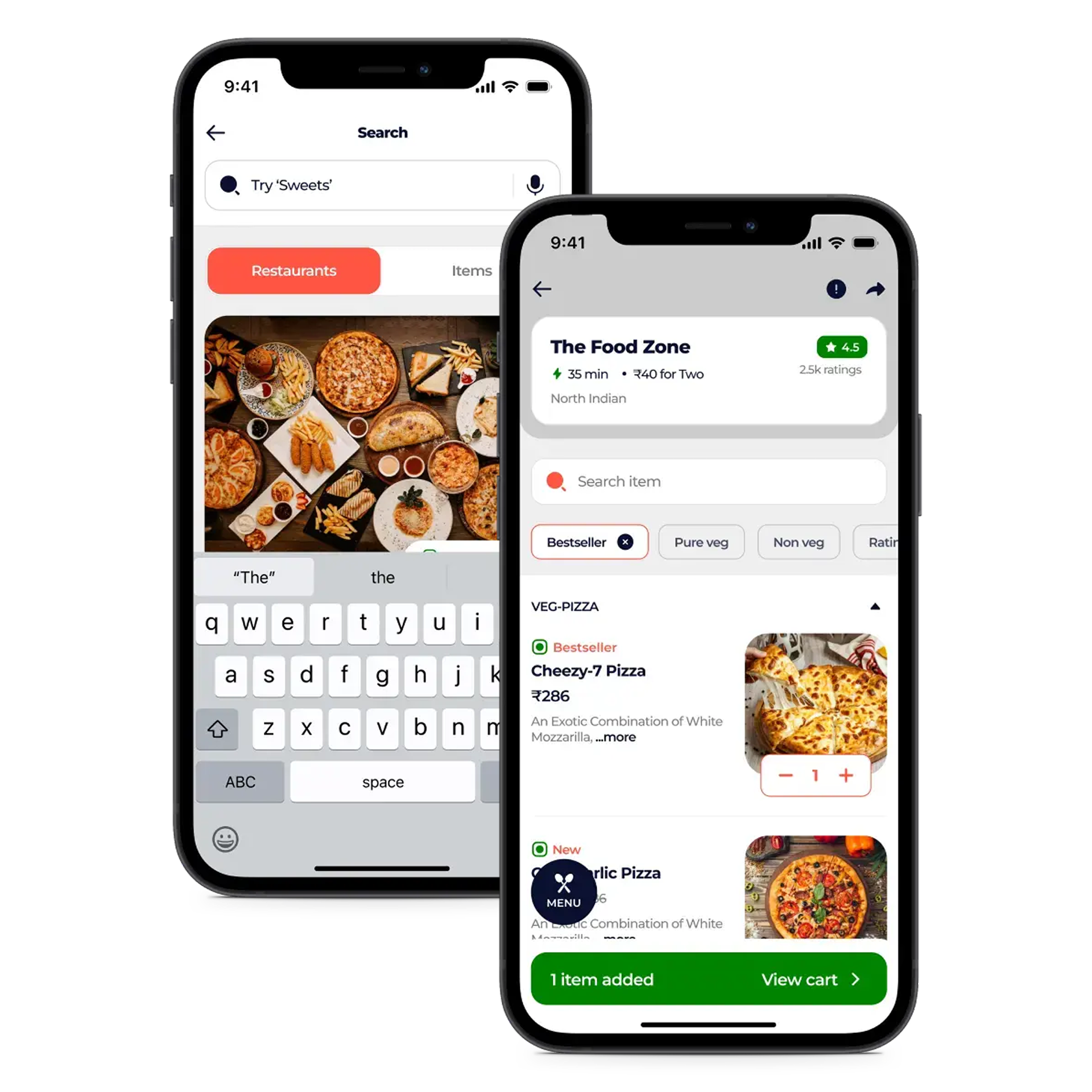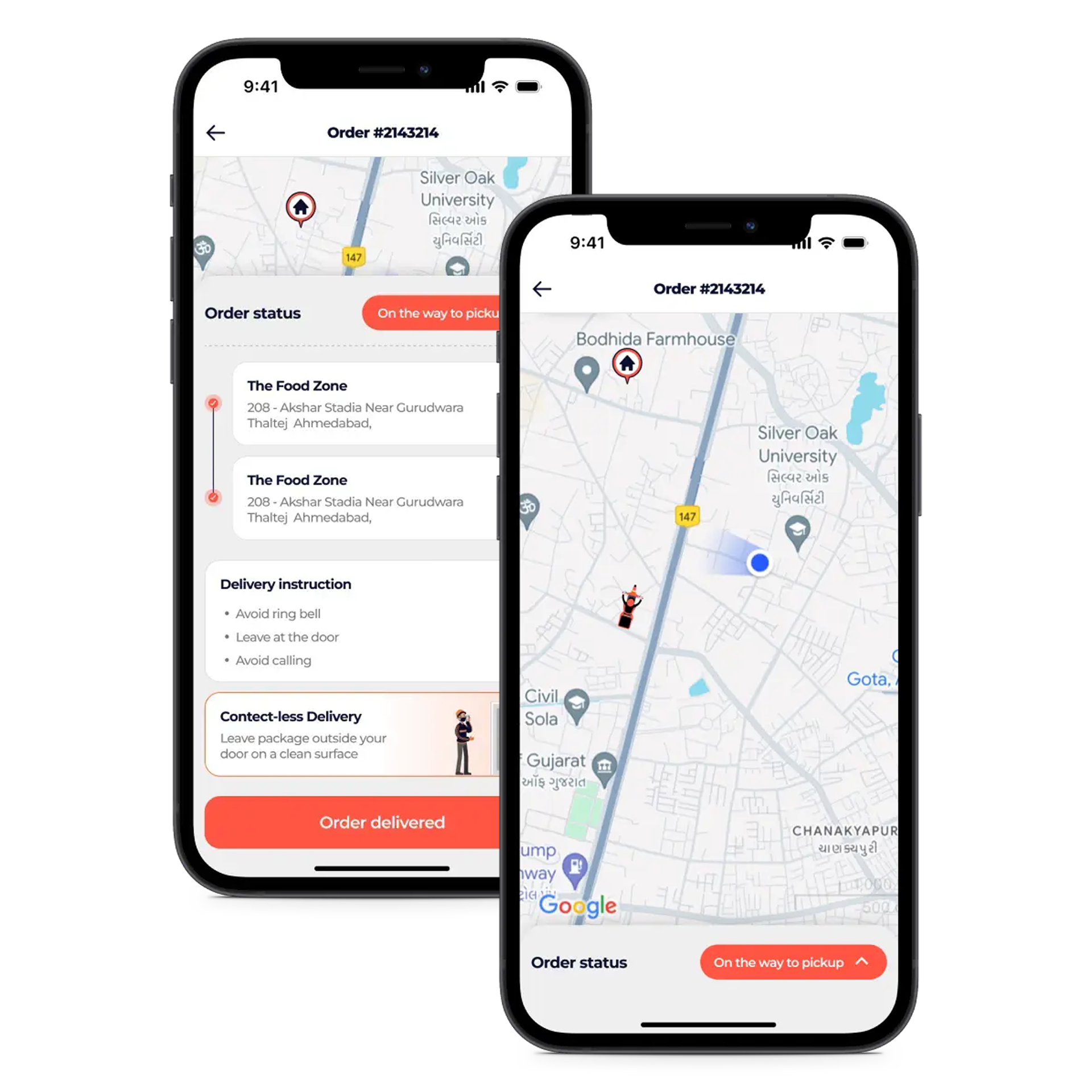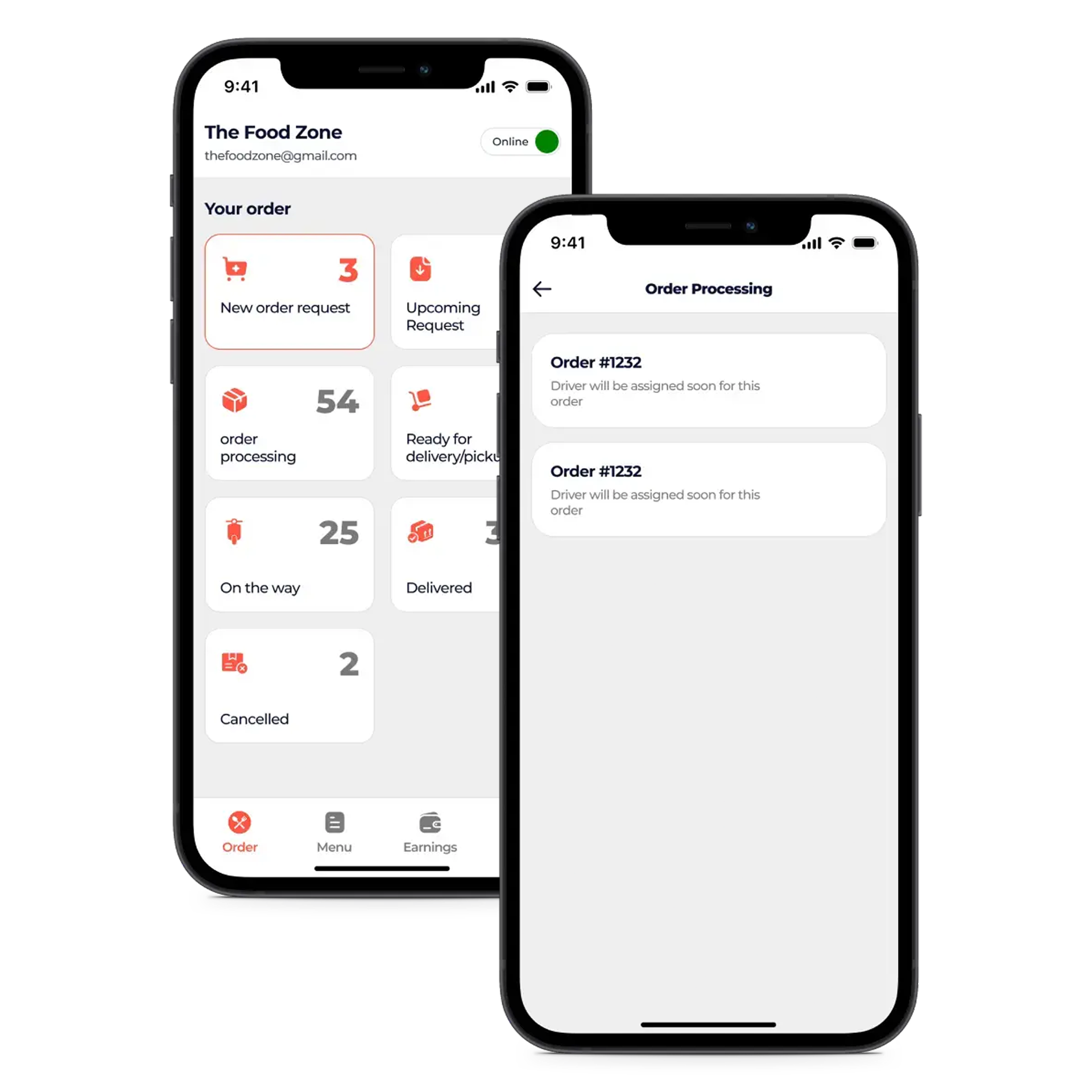One of the most prevalent questions in the software development industry is how agile and DevOps interrelate. Agile and DevOps are the most widely used Software Development Life Cycle approaches nowadays.
Most people have this misconception that Agile and DevOps cannot effectively collaborate because of the lack of understanding about the relationship between DevOps and Agile. Some people even hold the baseless misbelief that Agile is the antithesis of DevOps and vice-versa.
However, reality paints a different picture. Agile and DevOps are not conflicting but rather complementary forces that, when harnessed together, have the potential to deliver top-notch software solutions that align perfectly with customer expectations and software development requirements.
Being one of the premier software companies in India, we have often observed a prevalent trend where Agile takes the central stage in the strategies of most software and application development firms. Unfortunately, due to widespread misunderstandings in the market regarding the relationship between Agile and DevOps, the latter often gets sidelined from the developmental process.
Nonetheless, DevOps has been steadily carving its niche in the industry. It is essential to note that the convergence of DevOps and Agile is not a far-fetched and impractical idea. In practice, we have witnessed their harmonious blend, enhancing productivity and work quality without any apparent downsides.
So, Agile and DevOps How do they interrelate? Before addressing this question, let’s briefly understand the fundamentals of Agile and DevOps.
What is Agile?
Agile is an intelligent software development methodology and project management technique. It is a broad term with many subsets of frameworks and practices.
Agile can also be explained as the practice of repeatedly carrying out a series of tasks to accomplish a specific objective, emphasizing teamwork and feedback.
Key Characteristics of Agile:
- Iterative Approach: Agile involves the repetition of tasks and activities to build, develop, and test a new cycle upon the previous one to accomplish a specific objective, fostering collaboration and feedback throughout the process.
- Trial-and-Error: It operates on a trial-and-error method where every (or almost every) trial forms the foundation for a new step in the developmental process, enabling flexibility and adaptation.
- Continuous Feedback: Agile promotes continuous feedback and advancement, providing more value to the clients.
- Adaptability: Agile, in essence, is the ability to generate and respond to a dynamically changing environment. It centers on operating and performing well in ambiguous and unsteady situations.

Components of Agile:
Understanding how do agile and DevOps interrelate requires you to comprehend the basics of both methodologies. Therefore, we will briefly discuss the different components and techniques of Agile for a better grasp.
- Test-Driven Development: Agile incorporates practices like test-driven development, where tests are created before writing code to ensure flawless functionality and rapid development without bugs and errors.
- Configuration Management: Effective configuration management is crucial in Agile to track changes and maintain version control. It relies on effective configuration management to meticulously track changes and maintain version control, ensuring transparency and the ability to analyze alterations.
- Pair Programming: Agile prioritizes collaboration. It encourages collaboration through pair programming, where two developers jointly work on code, promoting idea exchange, error identification, and knowledge sharing.
- Planning Meetings: Agile emphasizes planning meetings to set priorities and align team efforts. Planning meetings serve as crucial milestones, aligning teams, setting priorities, and enabling adaptability in response to evolving requirements.
- Iterations: Agile organizes work into structured iterations or sprints with regular adaptations, promoting incremental progress, continuous delivery, and adaptability based on periodic reviews and customer feedback.
What is the strength of Agile?
The primary strength of Agile lies in its ability to adapt to changing requirements, foster collaboration, and deliver value incrementally, making it a powerful approach in the software development and project management realm.
How does Agile ensure flexibility and adaptability?
Agile follows a continuous cycle of improvement, much like a series of experiments. Each trial lays the foundation for the next developmental step, ensuring ongoing refinement and progress. The dynamic nature enables flexibility and adaptation. Additionally, it promotes continuous feedback and advancement, providing more value to the clients.
What distinguishes Agile from traditional software development methodologies?
Agile, to put it simply, has the ability to generate and respond to a dynamically changing environment which conventional methods lack. It centers on operating and performing well in ambiguous and unsteady situations. It consists of already-discussed components such as test-driven development and pair programming, which make it highly effective and distinguish it from traditional software development methods.
What is DevOps?
Now that we have a foundational understanding of Agile, the next step in our journey to explore how do agile and DevOps interrelate is to unveil the mysteries of DevOps.
DevOps, a portmanteau of “Development” and “Operations,” represents an effective and pragmatic approach to software development. It offers a toolkit of optimization methods that aim to enhance efficiency, convenience, accessibility, and affordability, catering to businesses of all sizes.
At its core, DevOps emphasizes communication, integration, and collaboration among IT professionals.
Key Aspects of DevOps:
- Effective Collaboration: DevOps fosters lasting and effective collaboration between software developers and IT operations specialists by providing a range of tools, procedures, and practices.
- Feedback Time Reduction: It shortens the feedback cycle between software developers, system administrators, and clients, facilitating quicker responses to issues and improvements.
- Development-Operations Collaboration: DevOps bridges the gap between development and operations teams, encouraging joint efforts and shared responsibilities.
The Benefits of DevOps:
- Efficiency: DevOps offers the most efficient approach and deployment processes, enabling the creation of unique and highly successful product features.
- Cost-Effective: By streamlining operations, boosting productivity, and enhancing communication, DevOps promotes cost-effectiveness, making it accessible to businesses of all sizes.
- Accessibility: DevOps is designed to be accessible to a wide range of businesses, ensuring that its benefits are not limited to large enterprises.
What is unique about DevOps?
What makes DevOps unique is the philosophy and a set of practices that aim to bring development and operations teams closer together, creating a more efficient and collaborative environment for software development and deployment accessible to businesses of every size, regardless of the capital-scale.
What is the strength of DevOps?
The strength of DevOps is its profound effectiveness in the realm of both development and operations procedures. It is a method that excels in seamlessly merging these domains, resulting in enhanced efficiency, top-notch collaboration, rigorous quality assurance, and remarkable adaptability.
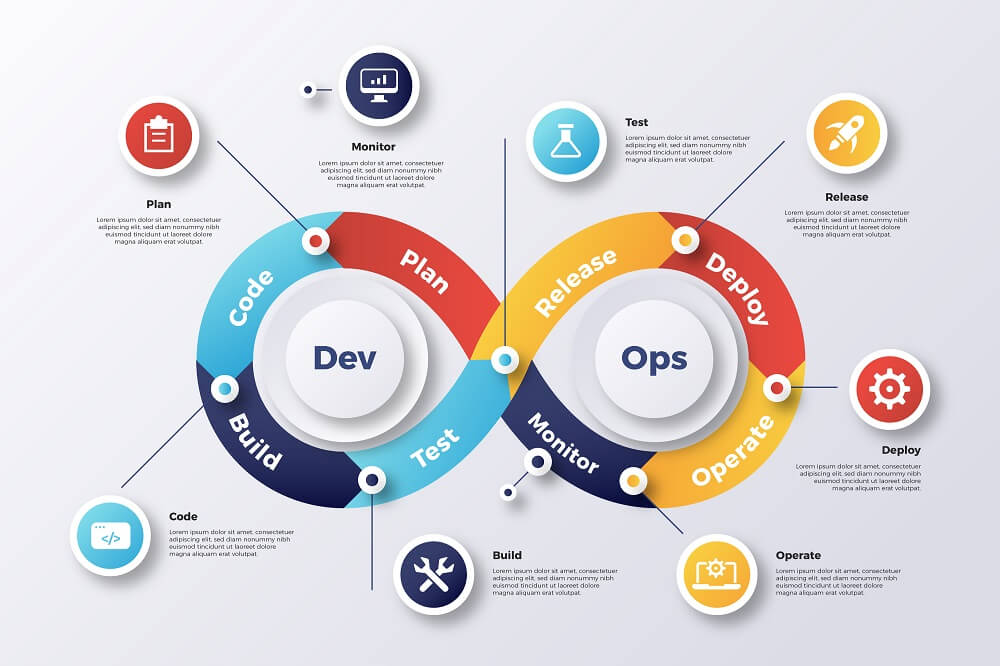
How do Agile and DevOps Interrelate?
Agile and DevOps are not opposites but complementary methodologies that, when integrated effectively, create a robust framework for delivering software that meets customer needs while maintaining high quality and efficiency.
Agile and DevOps are not mutually exclusive; they can seamlessly interrelate to create a synergy that drives software development excellence.
Agile focuses on iterative and customer-centric development, emphasizing collaboration, adaptability, and delivering valuable increments in short cycles. DevOps, on the other hand, emphasizes cooperation between development and operations teams, aiming for streamlined, automated, and continuous delivery pipelines. It ensures that code is not only developed rapidly but also deployed, tested, and monitored efficiently.
One of the major points of intersection between Agile and DevOps is that they share a common goal of achieving efficient software development and project management.
DevOps can be seen as an extension that seamlessly integrates with the structured framework outlined by Agile, permeating every stage of the product development lifecycle. While Agile centers around fundamental objectives and values, DevOps places a strong emphasis on ensuring a streamlined and efficient workflow across all delivery channels.
When these two methodologies are harmoniously combined, they synergize to streamline and enhance the overall software development processes.
Crucial Connections that show how do Agile and DevOps interrelate:
- Collaboration: Both Agile and DevOps emphasize collaboration among cross-functional teams. Agile promotes collaboration between developers, testers, and business stakeholders during development iterations, while DevOps encourages collaboration between development and operations teams. The objective is the same in both cases to ensure efficient deployment and monitoring.
- Customer-Centricity: Agile’s focus on customer feedback and delivering value aligns seamlessly with DevOps’ objective of swiftly delivering changes and features to end-users. The shared commitment to customer satisfaction ensures that software development efforts remain highly relevant and responsive.
- Continuous Improvement: Agile’s iterative approach encourages regular reflection and adaptation, fostering a culture of constant improvement. DevOps reinforces this by automating processes, enabling rapid feedback loops, and embracing a culture of continuous integration and continuous delivery (CI/CD). Agile makes use of tiny, coherent pieces of work that merge to form the whole, whereas DevOps executes code integrations to accelerate release deployments in accordance with business needs. When DevOps and Agile are combined, they form a secure, dependable, and effective development and delivery channel.
- Quality Assurance: Quality is one of the underlying principles of both methodologies. Agile and DevOps prioritize quality throughout the software development lifecycle. Agile achieves this through iterative testing and feedback, while DevOps ensures quality by incorporating automated testing and continuous monitoring into the deployment pipeline.
- Automated Testing: Automated testing is a central part of both Agile and DevOps. Yes, they execute it differently, but it is a prominent element of grasping how do Agile and DevOps interrelate. Agile relies on people’s unique skills to develop performance criteria that guarantee quality. DevOps integrates continuous testing into the deployment process and builds in adherence with the tests. The continual automated testing and high-quality code increase effectiveness and improve quality management.
- Feedback Loops: Agile and DevOps both the approaches place emphasis on feedback and adaptation. Scrum and sprints are two examples of agile management techniques that incorporate quick input from all parties involved. DevOps facilitates this feedback by seamlessly detecting and highlighting errors and integrating feedback into the development process. The ongoing feedback exchange enables all parties to make the necessary improvements, implement them on schedule, and ensure that the finished product fulfills customer expectations.
- Development Flow: Both Agile and DevOps offer and support top-notch project management. While DevOps automates all operations activities to foster outstanding teamwork and accountability among development teams, Agile creates the conditions for skill growth, learning, and team involvement. Combined, agile and DevOps deliver a straightforward project and management flow, forming the cornerstone of high-quality software creation.
Common Misconceptions About Agile & DevOps
To have an immaculate understanding of how do Agile And DevOps interrelate, we must address some of the most common misconceptions about these methodologies.
- Misconception 1: Agile is only for small teams
Truth: Contrary to this belief, Agile principles are highly practical and effective for teams of all sizes, from small startups to large enterprises.
- Misconception 2: Agile and DevOps are synonyms
Truth: While they complement each other, Agile and DevOps are distinct methodologies with separate focuses having a huge convergence area.
- Misconception 3: Agile and DevOps are only for new projects
Truth: No, both Agile and DevOps principles can be implemented in existing projects and organizations to improve processes, quality, and delivery speed.
- Misconception 4: Agile and DevOps are technologies to be purchased
Truth: Agile and DevOps are not off-the-shelf technologies but rather sets of practices and principles that require a cultural shift and process changes within organizations.
- Misconception 5: DevOps requires Agile
Truth: While these two methods are effective when combined, DevOps can be implemented independently of Agile and vice-versa.
- Misconception 6: DevOps is only for automation:
Truth: Automation is one of the critical components of DevOps, but it also encompasses broader aspects like collaboration, communication, and cultural change.
Yes, in essence, Agile and DevOps are distinct methodologies with individual philosophies and fundamentals. However, if we draw a Venn diagram of the two, the area of convergence is enormous. They align seamlessly in their shared values of collaboration, customer-centricity, continuous improvement, and quality assurance.
Although it would appear that Agile’s incremental software development methodology and DevOps’ inclusive attitude are at odds, the two complement each other perfectly. DevOps’ advanced and multi-domain functions benefit rather than hinder the adoption of Agile.
The purpose of understanding How Do Agile And Devops Interrelate is to implement them together and create a robust framework that optimizes software development processes, resulting in higher-quality software delivered more efficiently to meet the evolving customer needs of today and the future.
Absolutely! Adopting DevOps can help Agile teams enhance collaboration, streamline processes, and accelerate software delivery, ultimately helping Agile teams achieve their goals more effectively
Agile and DevOps are similar in many ways. The similarities are in their focus on collaboration, customer-centricity, continuous improvement, and a commitment to delivering high-quality software. To understand How Do Agile And Devops Interrelate, we must understand that both methodologies promote iterative approaches, adaptability, and a culture of teamwork.

